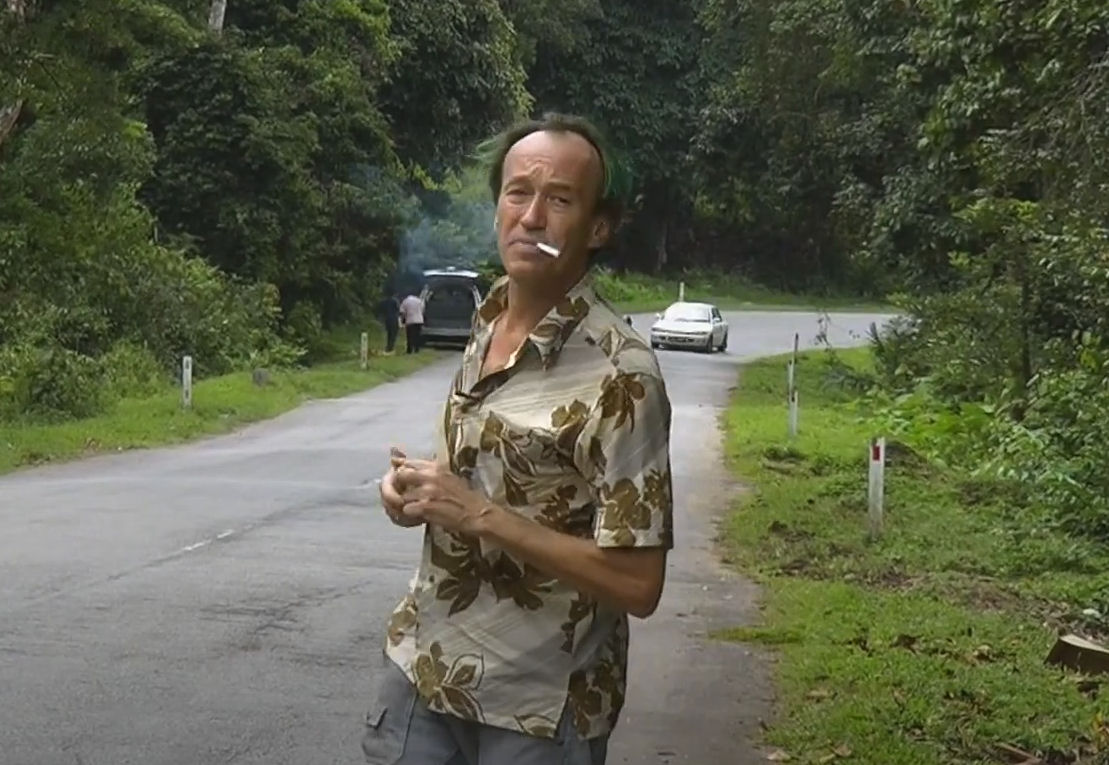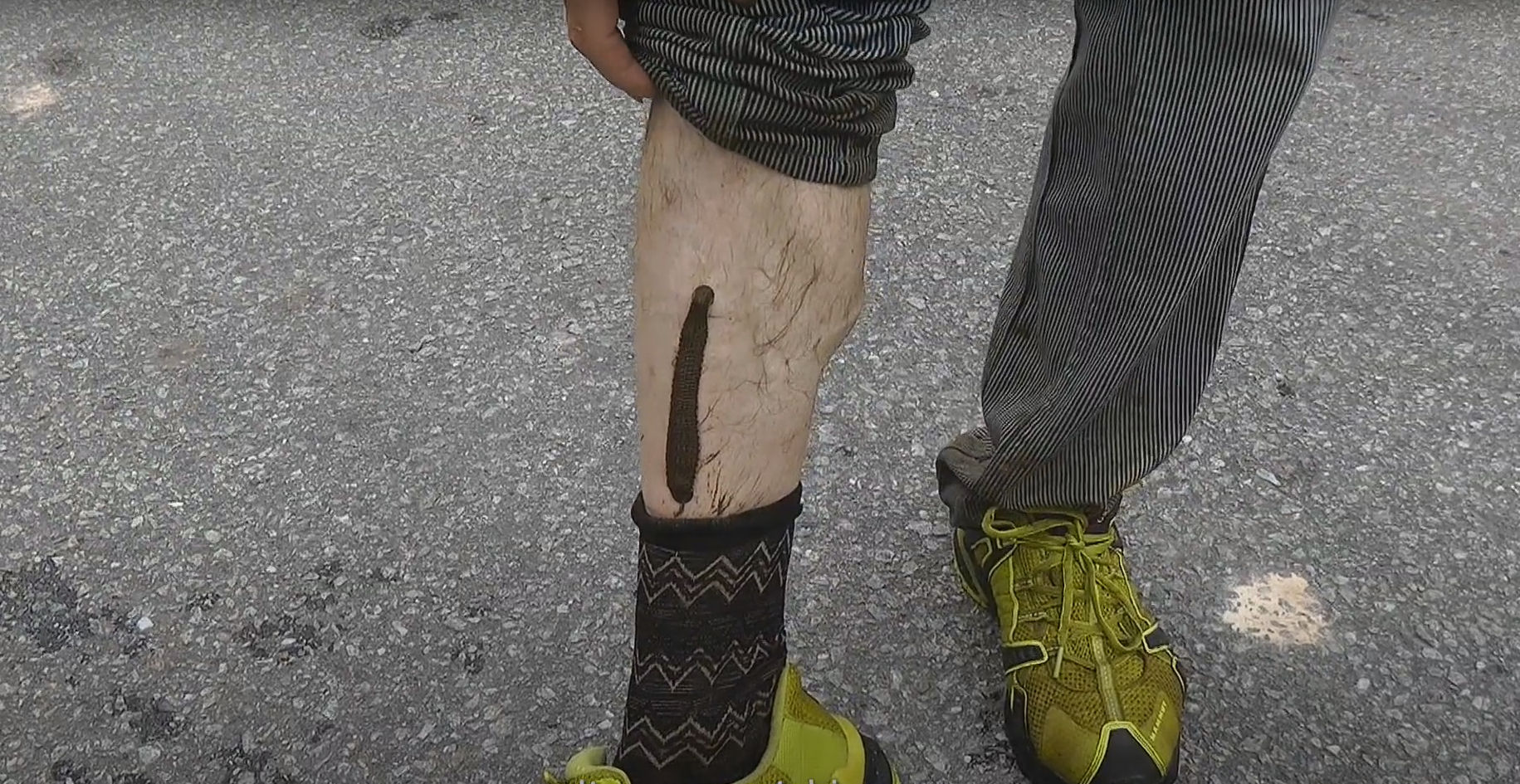This is a significant plant in many ways, first it appears to have been put where it is by man, second, it's not from there but from Malaysia, third it's a naturally occurring hybrid and while we know od many today, this was rather shocking when it was described.
Patrick Blanc had been visiting the jungles of Singapore (and other Cryptocoryne habitats in Asia) since the 1980s. In 1991 he found this plant in one forest pool in the Bukit Timah Forest Reserve. It matched no species known, so Blanc deposited a herbarium sheet in a Singapore museum.
Blanc also noticed that while thre were many flowers he did not ever see a seed pod. When the pollen was analysed it was found to all be defective - the pant is functionally sterile. The problem is the parents are not found nearby but in Malaysia.
The plant is found only in a pool formed by a small dam built by the Japanese in WII. Blanc reports that in the 1950s Huitma, a specialist in gingers, moved some plants there from Malaysia, around Johor, so they may exist there is logging has not wiped them all out.





